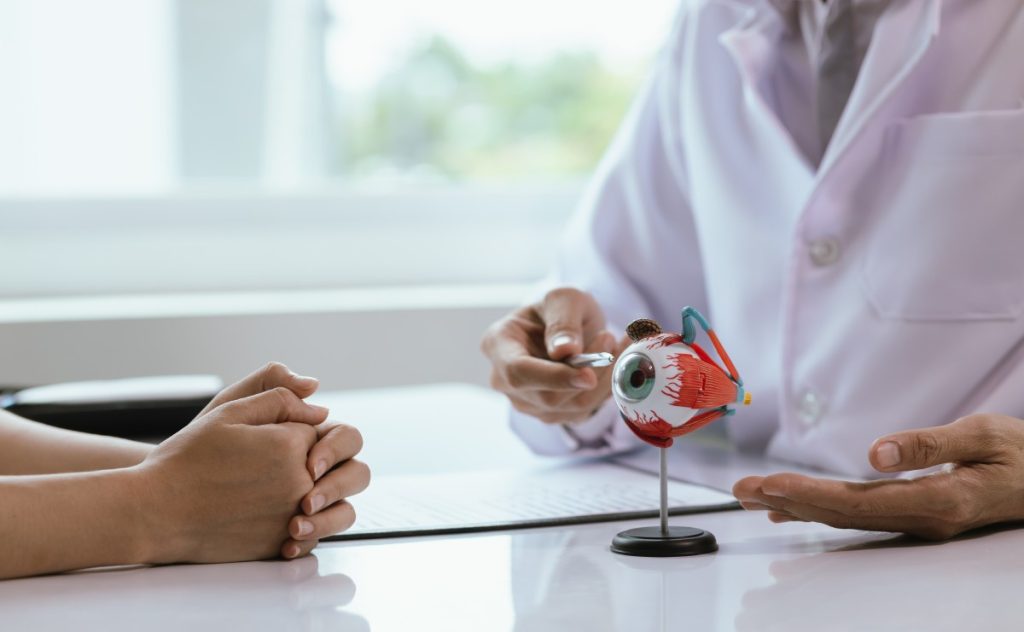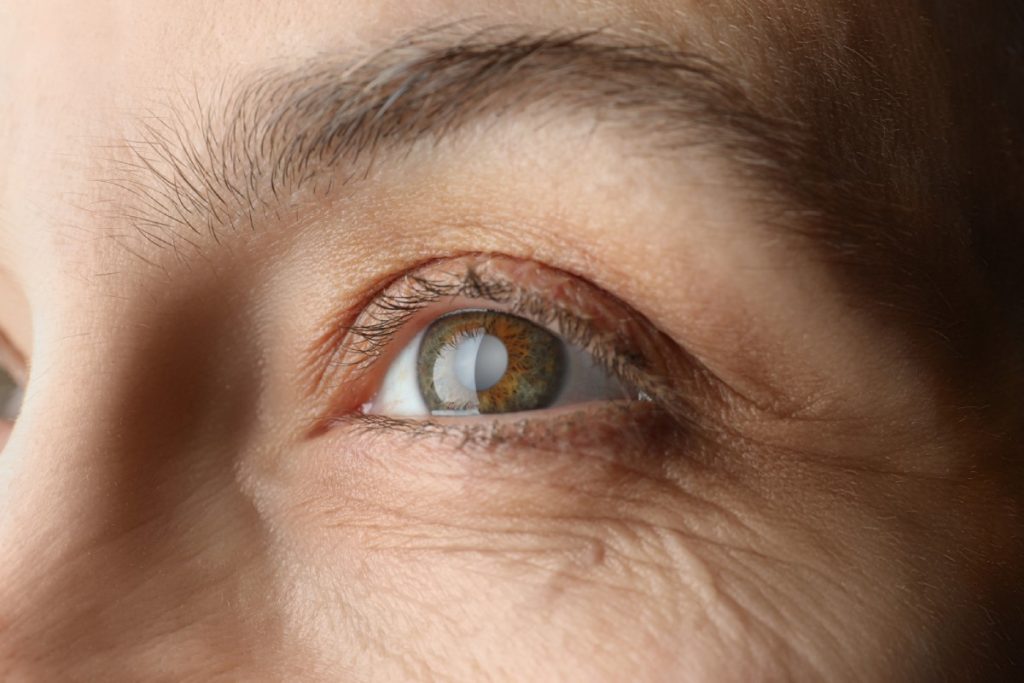
Myopia, also known as nearsightedness, refers to difficulty seeing distant objects clearly while having a clear vision of nearby objects. This common vision condition typically begins in childhood or adolescence.
Myopia is caused by a refractive error in the eye. In a healthy eye, light rays converge perfectly onto the retina, creating sharp vision. However, in myopia, the eyeball is elongated or the cornea is excessively curved. This disrupts light focusing, causing light rays to converge in front of the retina instead. This results in blurry vision for distant objects, while near objects appear clear.
Common symptoms of myopia include:
People with low myopia have a refractive error between -0.5 and -3.00 diopters. They may slightly not see distant objects clearly but can usually see well up close without a problem.
This degree falls within the range of -3.25 to -6.00 diopters. People with moderate myopia typically experience more noticeable difficulty seeing distant objects and may require corrective lenses for activities that involve distance vision.
With a refractive error between -6.00 and -8 diopters, people with high myopia cannot see clearly without corrective lenses or procedures such as LASIK. They often require stronger prescriptions for eyeglasses or contact lenses to see clearly.
It is often used to describe myopia with a refractive error of -10.00 diopters or higher. People with extreme myopia have a greater risk of developing retinal abnormalities.


Several risk factors contribute to the development and progression of myopia, including:
Seeing an ophthalmologist for a myopia assessment in Singapore is especially important when experiencing any signs of vision problems such as frequent squinting, eye strain, or difficulty focusing on objects at a distance.
People with myopia, particularly those with high degrees, should be vigilant about their eye health and seek immediate medical attention if they experience a large number of floaters in vision, light flashes, a grey curtain-like shadow, or a shadow in peripheral vision. These symptoms could indicate retinal detachment, requiring prompt treatment to prevent permanent vision loss.



Dr Don Pek is a Senior Consultant Ophthalmologist with over 15 years of experience in the field, in particular glaucoma surgery and complex cataract surgeries. He completed his general ophthalmology training in Singapore and Edinburgh, UK, followed by a specialised fellowship in Canada focused on Anterior Segment and Cataract Surgery. Dr Pek is dedicated to improving his patients’ quality of life through caring for and preserving their vision as far as possible.

Dr Clarissa Cheng is a Senior Consultant Ophthalmologist with more than 15 years of experience in the field, in particular glaucoma and retinal disorders. A Gold Medal award winner in the MOH specialist board examinations, Dr Cheng went on to complete her sub-specialty fellowship at the Manchester Royal Eye Hospital in 2018. Besides her clinical practice, Dr Cheng remains involved in the mentoring of future doctors and ophthalmologists through the teaching of medical students.
For a detailed eye assessment or personalised recommendations on treatment, reach out to us – We look forward to bringing back the light into your life.
Bus services (bus stop 13019): 7, 75, 77, 105, 106, 123, 174, 174E
For more information on shuttle services and parking, please refer to this link (https://www.gleneagles.com.sg/plan-your-visit/getting-here).